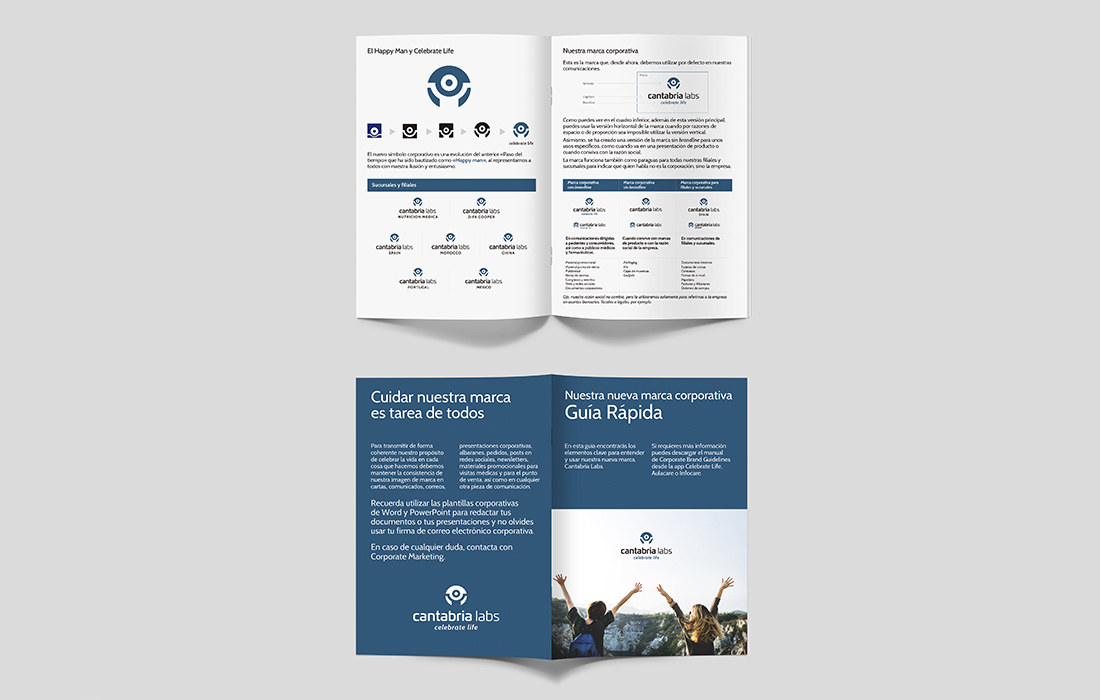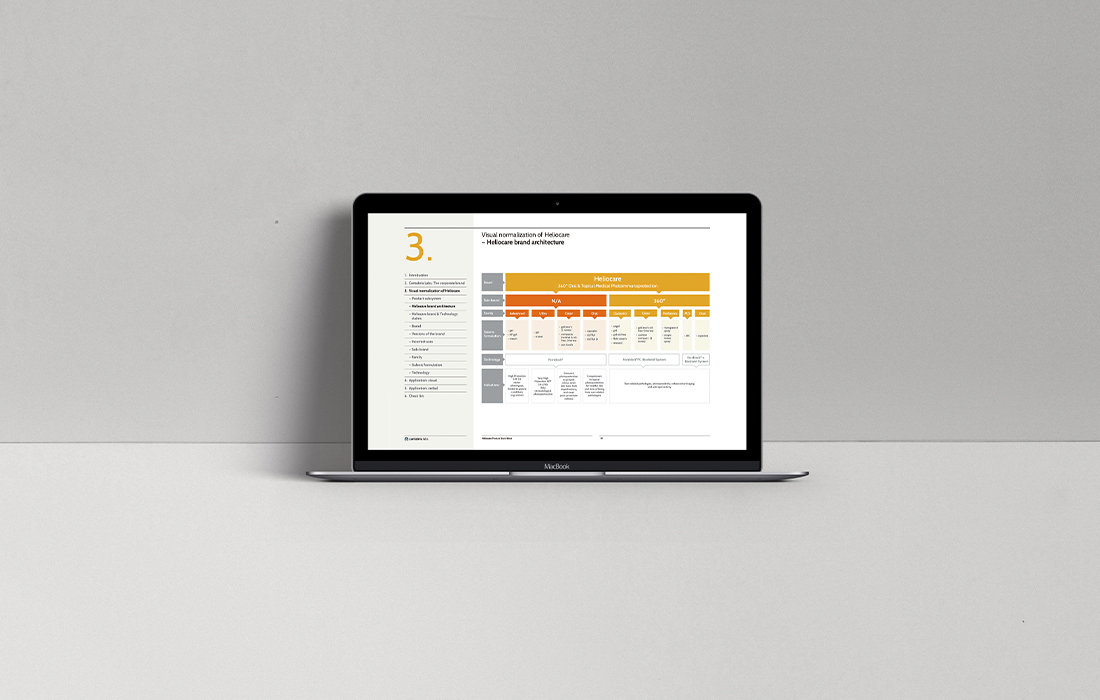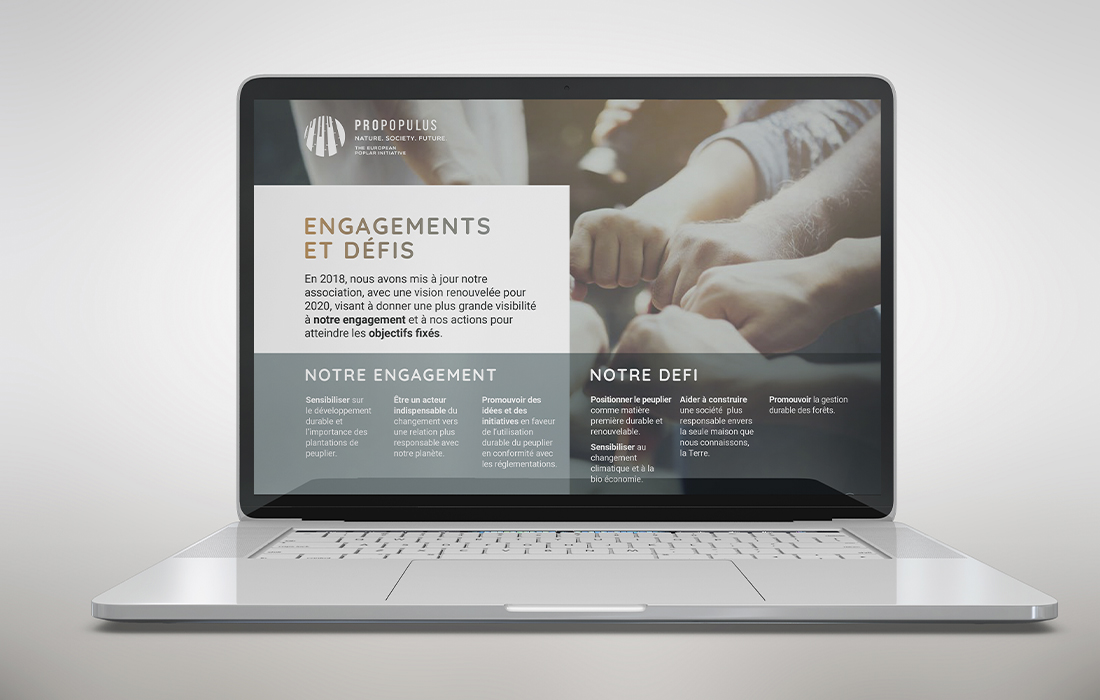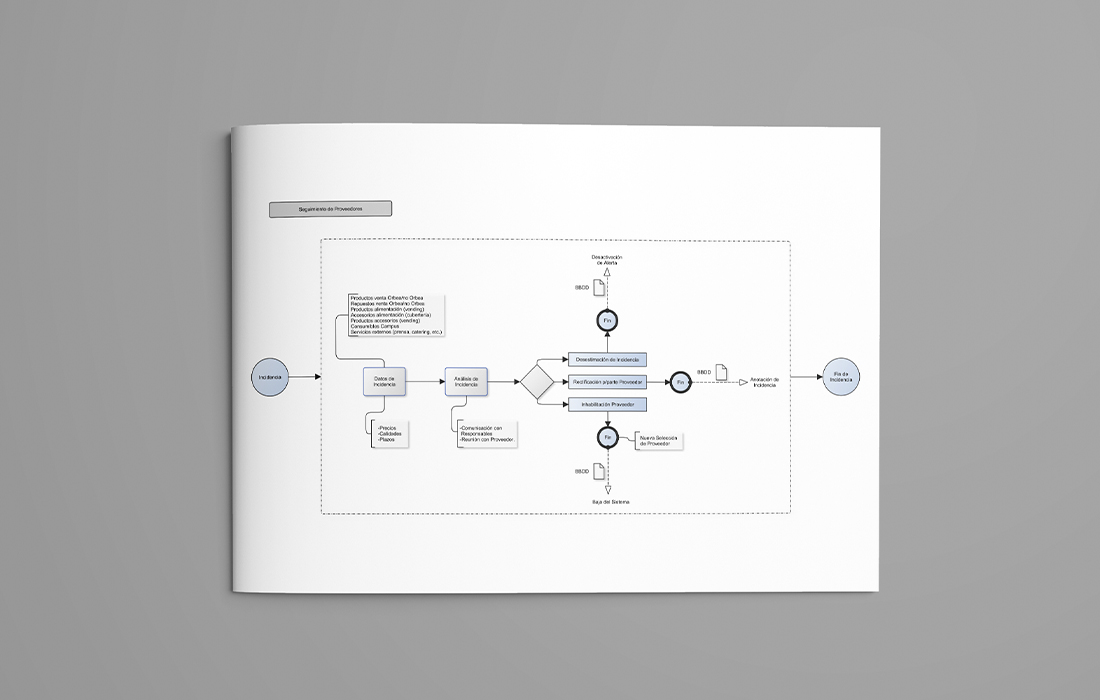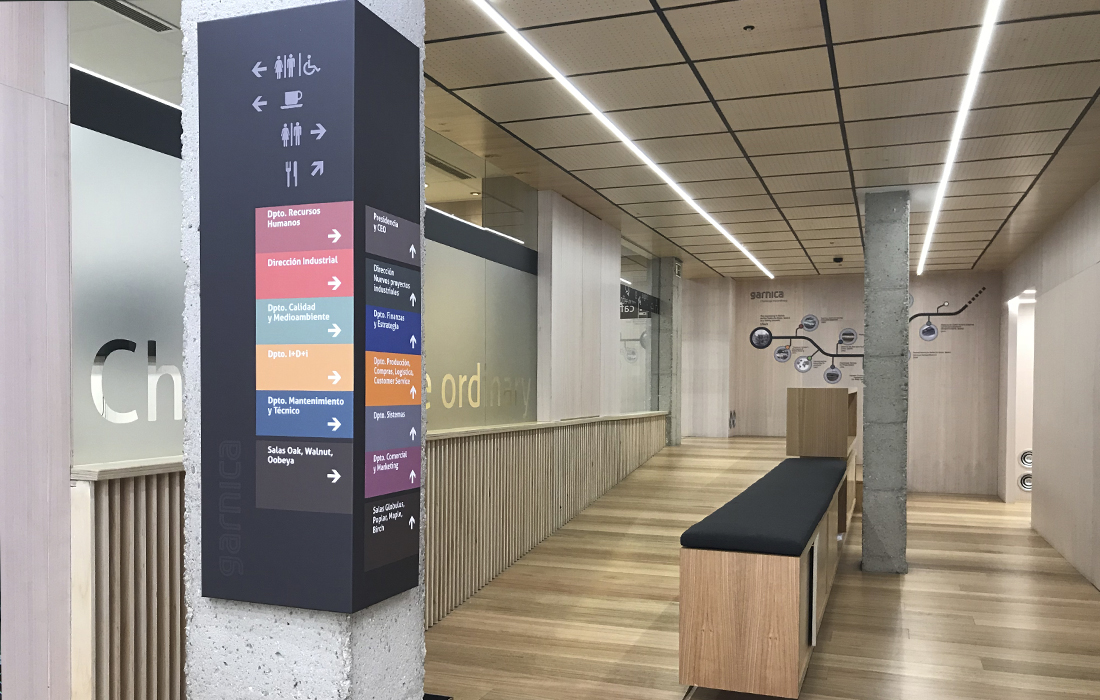
16 Oct Sales in times of coronavirus
Whiplash Team, October 16TH, 2020
Sales in times of coronavirus
In the B2B environment and in commerce as well, social distancing and the successive lock downs imposed by the COVID-19 pandemic, have forced companies to rethink and reset how they approach or relate to their customers and consumers. Face-to-face contact has almost disappeared due to the circumstances, forcing organizations to make use of sales channels that existed but had not been fully exploited.
Marshall McLuhan said that the medium is the message to explain the symbiotic relationship that exists between one and the other. Today, the media, the channels through which we transmit messages have diversified, offering brands, companies and organizations a range of possibilities to reach their potential customers by use of various social networks, e-mailing, newsletters and, of course, traditional forms of advertising.
In the case of the business-to-business relationship, sales had long remained in the realm of the person-to-person relationship. A salesperson establishes a personal relationship with the person in charge of supplies in the client company. But this way of relating has had to change necessarily, due to the measures imposed to contain the COVID-19 pandemic.
Just as consumers have been forced to use the on-line channel more than the physical store to purchase goods and services ranging from food to clothing, travelling and financial services, the same has happened in the B2B environment. Many companies, used to developing both internal and external working relationships in person, now face enormous difficulties in maintaining and promoting those relationships in a remote way.
The reason is that, despite having diverse tools at hand, until now they did not have the need to invest either the time or money necessary to train their sales force in the possibilities offered by the digital world. In this sense, the software sector has been a pioneer, with sales representatives managing their sales channels without having to go out or hold face-to-face meetings with their clients.
“Nowadays we have social networks, we have the possibility of making video conferences, we have the possibility of sending emails. You must handle the conversation in a, let’s say, more personal, more empathetic way through all these channels,” explains Eduardo Laseca, who has been director of B2B commercial teams in multinationals in Spain, Switzerland and Brazil and is also the author of developingthebusiness.com, one of the most read blogs on sales in Spain and Latin America.
In the series Positive change for the day after Laseca pointed out that “The problem with messaging systems, or even some social networks, is that they are not real time two-way conversations, therefore the richness of the conversation is much less than what you can achieve in a conversation between two people, be it on a video conference or even by phone, without seeing our faces.” He added that, for sales purposes, the face-to-face relationship is more effective because “you get a lot more empathy, a lot more emotional connection.”
In times of coronavirus, the telephone is an effective channel, as well as other options, such as videoconferences, and the exchange of information and valuable content through emails.
Unfortunately, in the current context, where social distancing and in many cases, confinements, are imposed, face-to-face interpersonal relationship is not possible. This implies that in order to maintain their objectives, organizations must begin to promote non-face-to-face relationships. “The point is that we can continue to keep our economy and our society functioning without the need to be present, facing each other.”




